How to Fix MSI Mystic Light When It’s Not Working?
When MSI Mystic Light fails, users often see RGB lights freezing, turning off, or not syncing with the software, affecting their lighting setup. This problem usually stems from software conflicts, outdated Mystic Light versions, or corrupted installations, which disrupt communication with the hardware.
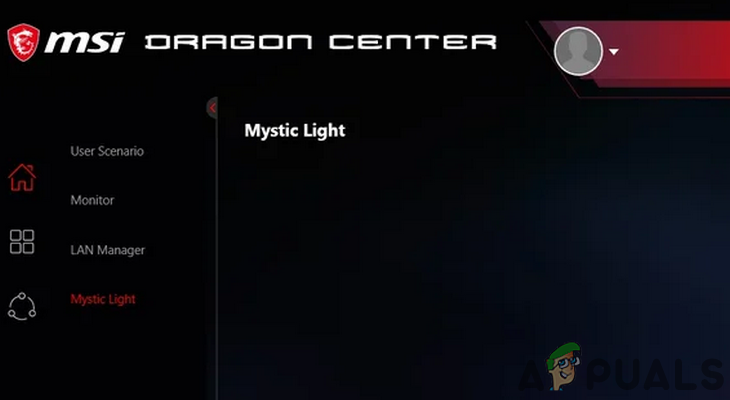
Common causes include recent driver updates, incompatible Windows updates, interference from other RGB control software, and faulty motherboard or RGB connections. Other factors, such as BIOS settings not supporting Mystic Light or issues with Mystic Light’s installation path, can also prevent it from working properly.
In this article, we will discuss different ways to solve this error.
1. Update the Dragon Center to the Latest Build
Updating Dragon Center ensures it works with Mystic Light’s latest features and fixes, solving software problems and stability issues. This can fix compatibility issues with Windows or recent hardware updates, restoring control over RGB functions.
- Launch the MSI Dragon Center and go to the Live Update section.
- Click the Scan button, then check for updates for Dragon Center and Mystic Light.
- If updates are available, select them and click Install to apply the updates.
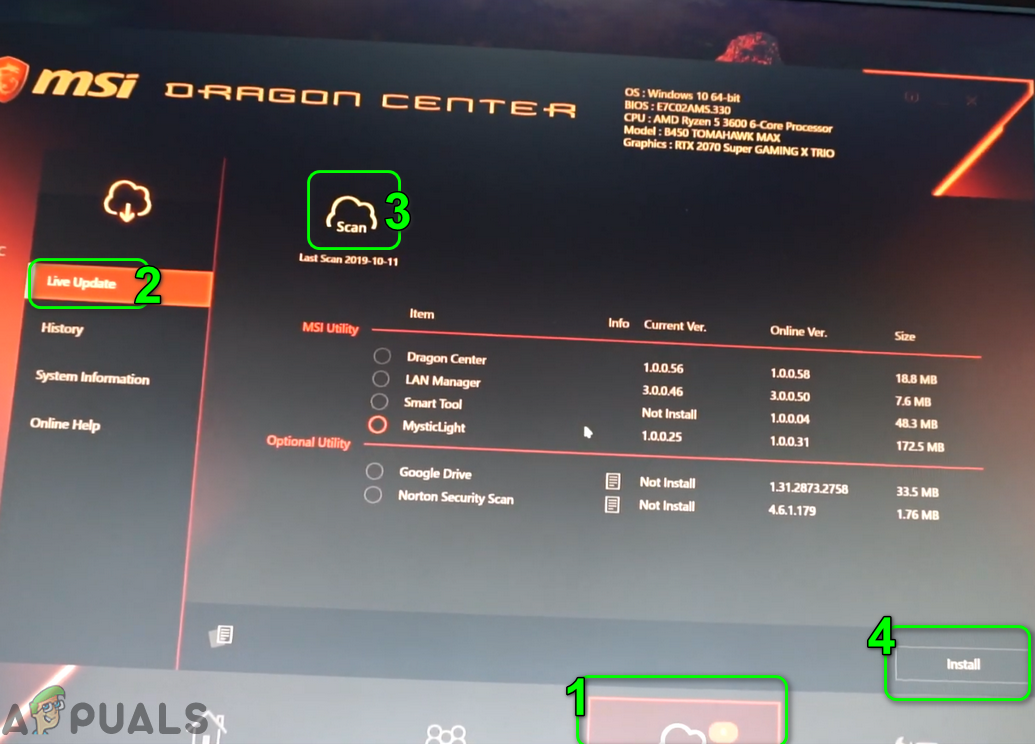
Update MSI Dragon Center and Mystic Light - After updating, restart your system and check if Mystic Light is functioning properly after reboot.
2. Disable/Enable RGB Lights Through the System’s BIOS
Switching the RGB lights off and on in the system’s BIOS can reset conflicting settings and possibly clear glitches or firmware issues that block Mystic Light from controlling the LEDs. By refreshing the lighting configuration in the BIOS, you may resolve software conflicts and temporary glitches that Mystic Light cannot fix by itself.
- Restart your system and boot into the BIOS.
- Disable the RGB lights in the BIOS. Use your system’s physical switch to disable RGB lights, if available.
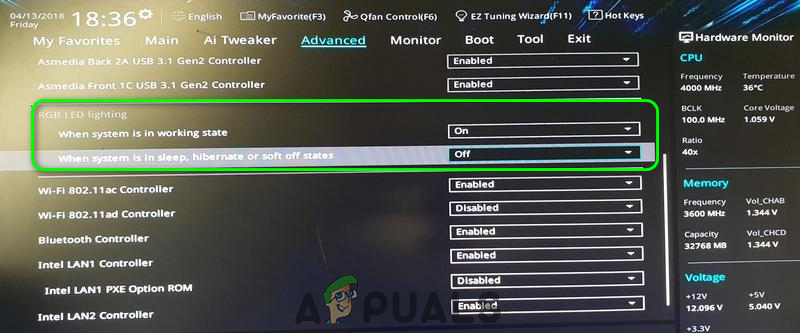
Disable RGB Lighting in the BIOS Settings of Your PC - Save the changes and restart your system.
- After restarting, power off your system and then power it on again to boot into the BIOS.
- Enable the RGB lights and then restart your system again.
- Check if MSI Mystic Light is functioning correctly after rebooting.
3. Uninstall Conflicting Applications
Sometimes, other RGB software can interfere with Mystic Light’s functionality. By uninstalling conflicting applications, such as ASUS Aura or Corsair iCUE, you eliminate potential software conflicts, allowing Mystic Light to work without interference.
- Press Windows + X keys, and in the menu that appears, select Apps & Features.
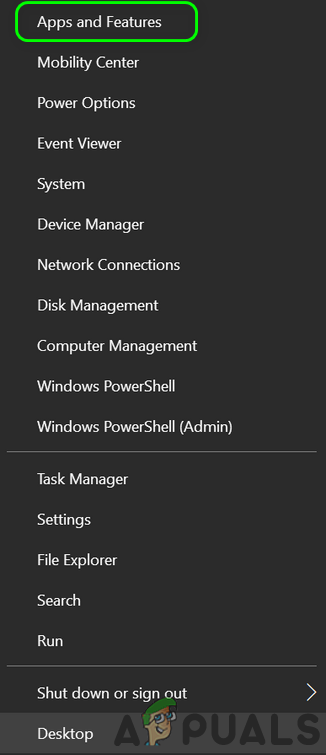
Open Apps & Features - Locate Riot Vanguard and click the Uninstall button.
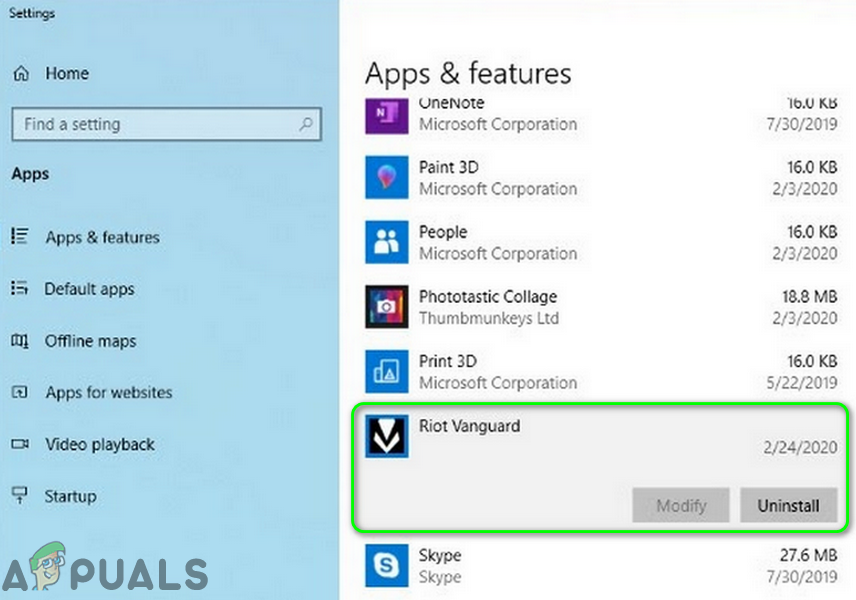
Uninstall Riot Vanguard - Follow the on-screen prompts to uninstall Vanguard.
- Look for other conflicting applications, especially those related to RGB control and anti-cheat, and uninstall them as well.
- Restart your system, and upon reboot, check if MSI Mystic Light is working correctly.
- If the issue persists, consider reinstalling MSI Mystic Light or Dragon Center (as discussed in Solution 5).
4. Update the BIOS of Your System to the Latest Build
A system’s BIOS is updated regularly to keep pace with the latest technological advancements and fix known bugs. Using an outdated BIOS can lead to incompatibility issues with system modules. In this case, updating your BIOS to the latest build may resolve the problem.
Warning: Proceed at your own risk, as updating the BIOS requires a certain level of expertise. An incorrect update can brick your system and potentially cause permanent damage to your system/data.
Before updating the BIOS, consider resetting it to factory defaults to check if any customized settings were causing the issue. If the problem persists, update your system’s BIOS following the instructions specific to your system’s make and model.
After updating the BIOS, check if MSI Mystic Light is now working correctly.
5. Reinstall MSI Mystic Light or Dragon Center
Sometimes, Mystic Light needs a reset. Reinstalling MSI Mystic Light or Dragon Center can remove corrupted files or outdated components that stop the app from working correctly. This reinstall ensures better communication with the RGB hardware.
- Click the Windows button, then select the Gear icon to open Settings.

Opening Windows Settings - Select Apps, then find Mystic Light and click Uninstall.
- Follow the prompts to uninstall Mystic Light. Also, uninstall Dragon Center and MSI SDK, if installed. A third-party uninstaller can also be used.

Uninstall MSI Dragon Center and MSI SDK - After uninstalling, restart your system and log into the built-in administrator account.
- Open File Explorer and delete the MSI installation directory, usually at:
C:\Program Files (x86)\MSI

Delete the MSI Folder in Program Files - Download and install Dragon Center on the system drive, but do not launch it immediately.
- Restart your system again and upon reboot, check if the Mystic Light issue is resolved.
6. Reinstall Windows
If none of the solutions work, reinstalling Windows can be a final fix. This step removes persistent system conflicts, registry errors, or corrupted files that may prevent MSI Mystic Light from operating correctly, allowing the software to run in a fresh environment.
- Try resetting your system to factory defaults using the instructions here and see if it resolves the issue.
- If the problem persists, perform a clean installation of Windows using the steps outlined here to hopefully fix the MSI Mystic Light issue.





